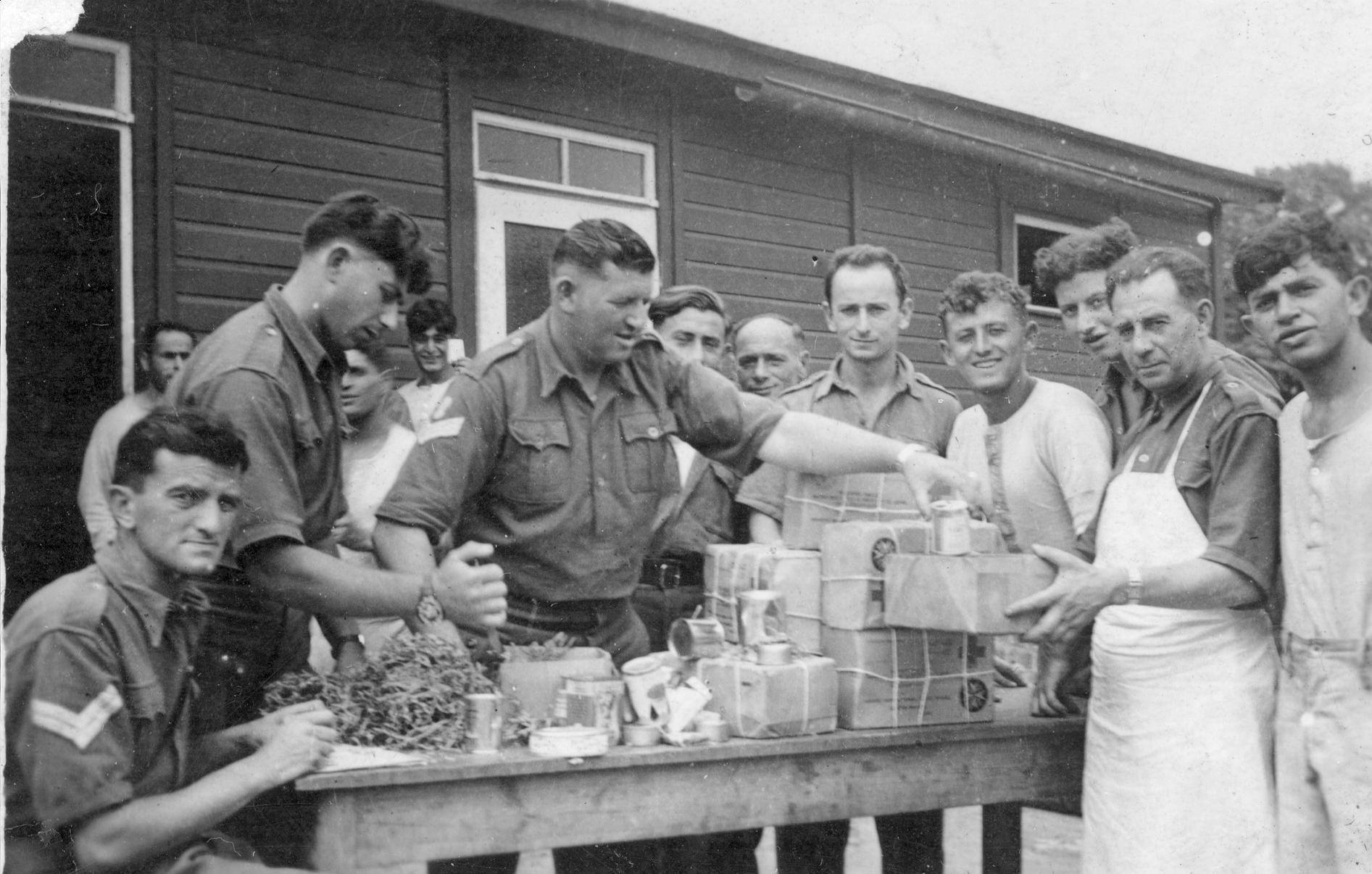Remembrance Day is only two days away. It is a time when the whole nation pauses to remember all those who served and all those who lost their lives during a time of war and during peacekeeping operations.
A set of veterans who faced great hardships and suffering during the First and Second World Wars, but who are often overlooked, are those who were interned as prisoners of war.
The First World War, which broke out in August 1914, was the first global conflict to have a huge impact on Red Deer and Central Alberta. More than 850 young men and women answered the call to serve ‘King and Country.’ Of those 850, 118 paid the supreme sacrifice.
There were also seven local men who were interned as prisoners of war. Given the large numbers who served, the number seems quite small. However, most of the First World War was a great stalemate. The front lines moved very little. There were few big ‘break-outs’ when it was more likely that prisoners would be taken.
Three of the local men, who were captured by the Germans, had gone to enlist in the French and Belgium armies at the outbreak of the War – Joseph Mons, Joseph Jaspar and Aristide Becart, all of North Red Deer.
The story of Joseph Mons is particularly poignant. Although his daughter was less than a year old, he paid his way back to Belgium to enlist in the Belgium army in September 1914.
He was one of only 175 survivors, out of a garrison of nearly 1,000, at Fort van Walen, near Antwerp, when it fell to the Germans
While a P.O.W. in Hanover, Germany, his weight dropped from 83 kg (183 lbs) to a mere 45 kg (100 lbs). After he was released at the end of the War, he spent several months in hospital before he was able to make it back to Alberta.
During the Second World War, the number of young men and women from Red Deer and District who enlisted rose to more than 1,100. Fifty-two of those lost their lives.
The number of local men who were taken of prisoners of war soared to 29. Three of these men, Leonard Lemasson, Louis Lens and Emile Sablon had gone to Europe at the start of the War to enlist in the French and Belgium armies. They were taken P.O.W. during the Blitzkrieg of 1940.
Two local men were taken P.O.W. by the Japanese in the Pacific. Tom Brock was a member of the Navy Air Fleet Arm when he was captured.
Horace ‘Gerry’ Gerrard had been a member of the 78th Battery, R.C.A. when the War broke out.
He spent some time with coastal defense in B.C. before transferring to Winnipeg.
Gerry Gerrard was part of the Canadian force sent to help to defend Hong Kong. He was taken P.O.W. on Christmas Day, 1941.
Two local men, F/O G.W. Pete Findlay and F/O D.F. McCrimmon, were members of the RCAF.
They were taken P.O.W. when their planes were shot down during missions over France and Germany. S.Sgt. Merle Alton had enlisted with the U.S. Army Air Force. He was taken P.O.W. when his plane was forced down behind enemy lines.
All the others, 21 in total, were members of the 14th Calgary Tanks. They were taken prisoners of war during the disastrous Dieppe Raid on Aug. 19, 1942.
The next two and one-half years were very hard for these men. For the first year, the men were manacled, in retaliation for the fact that some German soldiers had been tied up during the Dieppe Raid.
Nutrition, particularly during the latter part of the War, was poor. Many men stated that it was only the Red Cross parcels that kept them alive.
Near the end of the War, the Germans attempted to relocate the P.O.W.’s away from the advancing Allied Armies. The resulting “death marches” brought incredible suffering to the men on the eve of their liberation.
What is truly remarkable is that, despite the years of suffering which the men faced in the German and Japanese camps, all 29 P.O.W.’s from Red Deer and district survived the War.
Most still suffered years, if not a lifetime of poor health, but at least they made it home.
The Red Deer Museum is currently hosting a special exhibit on the Second World War Prisoners of War. For more information, please phone 403-309-8405.



